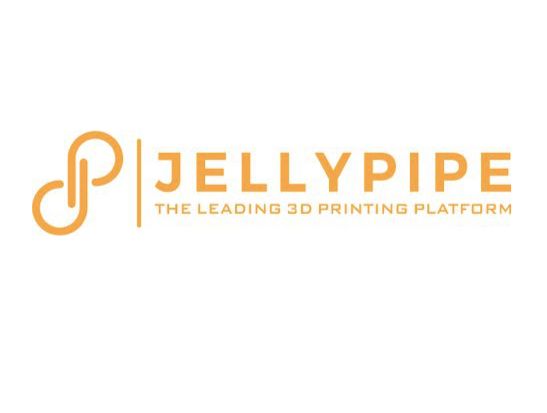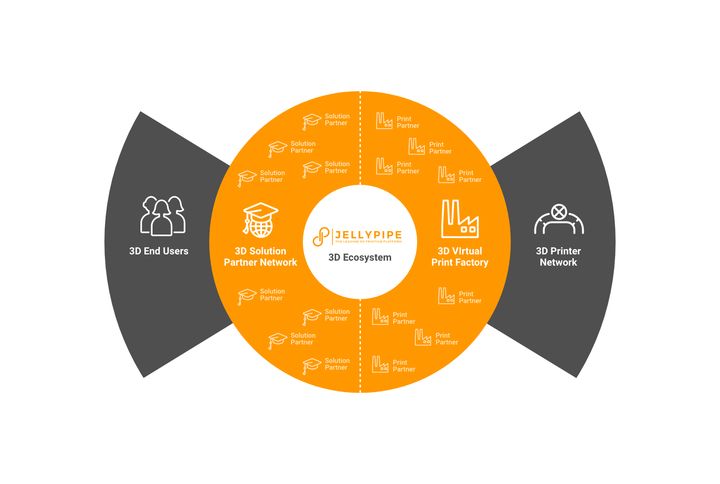
I’ve learned of a 3D printing network that operates a bit differently, and likely more effectively than typical networks.
The platform I refer to is called “Jellypipe”, based in Switzerland, near Zurich. The service appears to have been around since 2017, and on the surface it operates like a 3D print network.
3D Printing Networks
A 3D printing network was a concept pioneered years ago by startups such as 3D Hubs or 100kGarages, where the idea was to put idle 3D printers to work by connecting them to those interested in obtaining prints. The network would skim a bit off the payments to fund its connectivity activities.
Since those early times the concept of a 3D printing network has expanded greatly, and today we see a number of well-financed and large operations using this business model for not only 3D printing services, but all types of making technologies. Often work will be shifted from one technology to another as requestors sometimes don’t have the skills to know the best way to produce a given object.
And that’s been the weak point of the concept: it’s easy to simply run some 3D printers and make prints, but much harder to do it in the best way possible. Is the correct material chosen for the application? Is the most appropriate 3D printing process being used? Should a different technology be used? Could the object design be tweaked to optimize production?
3D Print Consulting
These are hard questions that can only be properly answered by experts, and to that end more advanced 3D printing networks (which likely should now be called manufacturing networks due to the addition of other technologies) sometimes will add a consulting element to assist the client in figuring out the best path forward for a given manufacturing project.
Some 3D printing networks, however, don’t really have this capability yet, and it’s possible their clients may be served as well.
Jellypipe Concept

Jellypipe seems to have invented a unique solution to this dilemma: they’ve built a combination 3D printer network AND consultant network.
The idea is to pair the requestor with an appropriate consultant to review the request and optimize the design if necessary. They’ll also help select the best production partner from the Jellypipe network. Currently, the Jellypipe print network can handle over 60 different types of 3D print materials and 14 different 3D printing processes.
This is beneficial for everyone:
- The requestor gets their project optimized
- The consultants get a crack at work they’d not otherwise see
- The 3D printer network participants receive optimized print jobs that are more likely to succeed
When you arrive at Jellypipe the first thing that occurs is a selection of consultant. Brilliantly, they offer a filter that can account for country, application and industry type. The filter will very quickly identify a short list of seemingly appropriate consultants that can be engaged. From there the process begins and ultimately quality 3D prints are received by the requestor.
Currently Jellypipe operates in Switzerland, Germany, Austria, and Italy. They’re also now building up the network in the UK, which, as you might imagine, requires the participation of UK-based consultants.
It appears this concept has been successful in the regions they’re operating within, so it is likely Jellypipe will continue expanding to other regions. However, they’ll face a challenge when arriving in North America as they’d need to build a pretty decent local network before launching.
I’m impressed with this approach, as DfAM knowledge is pretty sparse in the world, and thus 3D print service requestors often get it wrong and need help, particularly when production is the goal. The Jellypipe concept seems to address that issue with a highly scalable participative solution.
Via Jellypipe
